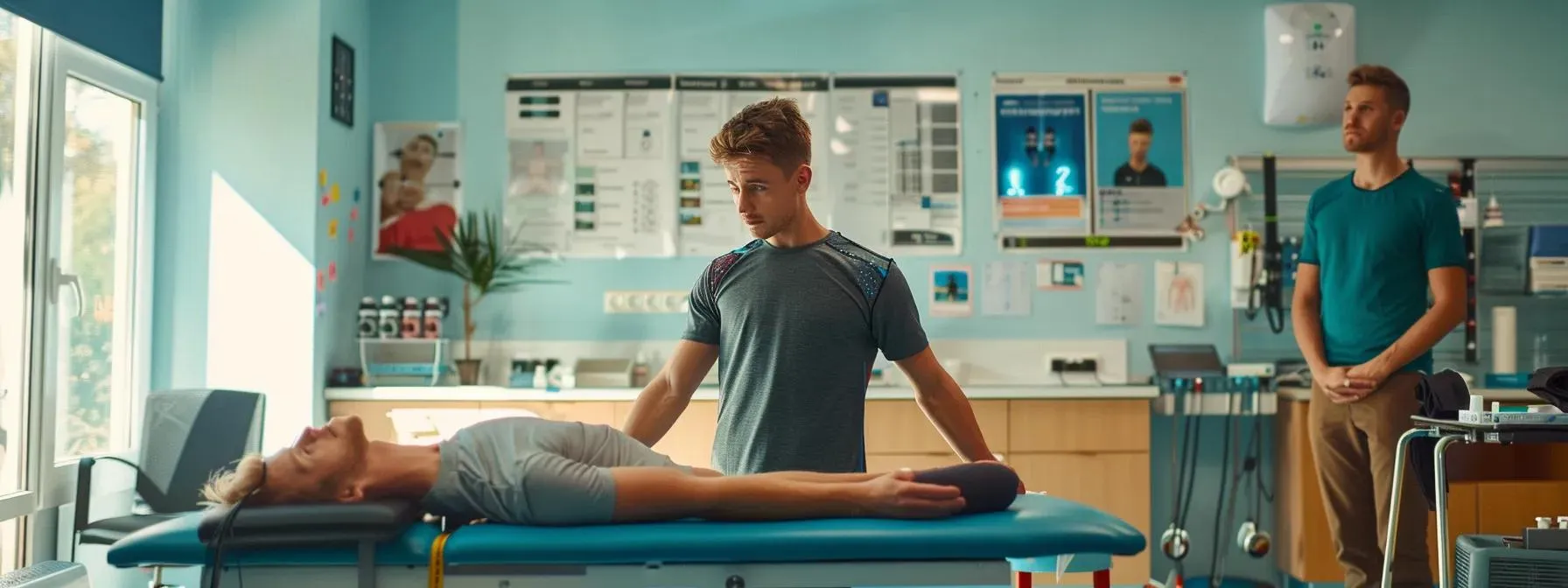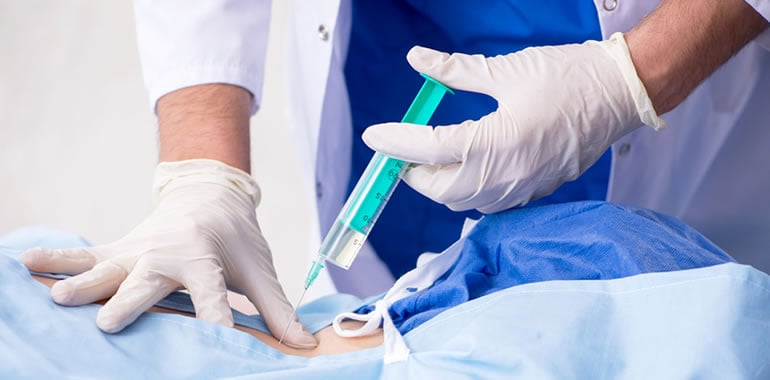
PRP, or platelet-rich plasma therapy, uses concentrated platelets from a patient’s own blood to accelerate healing and support tissue repair. For athletes, PRP offers a promising approach to recovery from injuries, reducing inflammation, and enhancing overall performance without the need for invasive procedures. Understanding how PRP works and its role in sports medicine can help athletes optimize recovery and maintain peak physical condition.
How PRP Therapy Works
PRP therapy starts with a simple blood draw from your arm. Your blood is sent into a machine called a centrifuge, which spins at a very high speed to separate the different components of your blood. This process pulls out the plasma that’s rich in platelets.
Platelets carry special growth factors that tell your body to heal damaged tissue. When these healing factors are injected directly into an injured area, they begin working immediately to repair damage and build stronger tissue. The entire process utilizes only what your body already produces, resulting in a very low risk of side effects.
The treatment itself takes about 30 minutes. Most people need two to four sessions to get the best results. You may start feeling better within two to three weeks, but the biggest improvements usually show up after three to six months as your body rebuilds the damaged tissue.
Benefits for Athletic Performance
Athletes who opt for PRP therapy often experience faster recovery times after injuries. The treatment helps reduce downtime, which means less time away from training and competition. This regenerative platelet therapy works by strengthening and making tissues more flexible than before the injury occurred.
PRP also helps with pain management without relying on medications that may affect performance or cause side effects. Many athletes often find that they have a better range of motion and less stiffness after treatment. The therapy may even help prevent future injuries by making tissues more resistant to damage.
Conditions Treated with PRP Therapy
PRP therapy is effective for treating some common athletic injuries. Rotator cuff tears, tennis elbow, and shoulder problems respond well to this regenerative treatment. The therapy also helps with knee issues, such as meniscus tears and arthritis, that can slow down many athletes.
Hip problems, including labral tears, often respond well to platelet therapy. Hamstring strains and Achilles tendon issues also heal faster with PRP treatment. Back pain, neck pain, and disc problems that affect athletic performance may benefit from this approach.
Chronic ankle sprains that keep recurring often improve with PRP therapy. Ligament injuries that take a long time to heal naturally also respond well to this treatment. The therapy is most effective for soft tissue injuries rather than broken bones.
What to Expect During PRP Treatment
Your first visit includes an evaluation to make sure PRP therapy is right for your specific injury. The doctor will ask about your symptoms, examine the affected area, and explain how the treatment will work for your specific situation. During the actual treatment, you’ll have blood drawn just like a regular blood test. While the centrifuge separates your plasma, the doctor prepares the injection site.
After treatment, you may notice some soreness or swelling at the injection site. This is normal and often resolves within a few days. You won’t experience instant pain relief like you do with other treatments, but the healing process begins immediately, even if you don’t feel it yet.
Schedule Your PRP Consultation Today
PRP therapy offers athletes a natural way to heal faster and perform better. This regenerative treatment harnesses your body’s own healing power to repair damaged tissue and alleviate pain without the need for surgery or medications that could compromise performance. To explore how PRP therapy may enhance your athletic performance, contact a qualified healthcare provider specializing in regenerative treatments to schedule an appointment.





